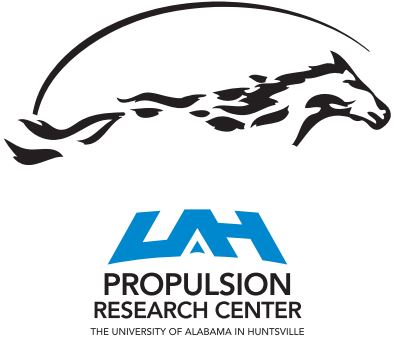Cold plasma poration and corrugation of pumpkin seed coats
Source
UAH PRC Research Database
Document Type
Article
Publication Title
Bioelectrochemistry
Abstract
The treatment of seeds and plants by electrically generated cold atmospheric pressure plasma can accelerate seed germination and radicle growing rates. The plasma generated reactive oxygen and nitrogen species, UV photons, and high frequency electromagnetic fields can penetrate into seed coats and modify their surface properties. Atomic force microscope data shows that cold helium or argon plasma induces strong corrugation of pumpkin seed coats, produces pores and surface defects. These structural deformations and poration enhance water uptake by seeds during the imbibing process, accelerate seeds germination, and increase seed growth. The cold atmospheric pressure plasmas treatment of pumpkin seeds also decreases the apparent contact angle between a water drop and the seed surface, thereby improving the wetting properties of seeds surfaces. Magnetic resonance imaging studies show acceleration of water uptake in pumpkin seeds exposed to a cold plasma jet. Reactive nitrogen and oxygen species, high frequency electromagnetic fields and photons emitted by the plasma jets accelerate germination of pumpkin seeds both independently and synergistically. These results show that cold plasma can be used in agriculture for acceleration of seed germination, increasing growth of plants seedlings, poration and corrugation of the bio-tissue surfaces.
First Page
175
Last Page
185
DOI
https://doi.org/10.1016/j.bioelechem.2019.04.012
Publication Date
4-17-2019
Recommended Citation
Volkov, Alexander G.; Hairston, Jewel S.; Patel, Darayas; Gott, Ryan P.; and Xu, Kunning G., "Cold plasma poration and corrugation of pumpkin seed coats" (2019). PRC-Affiliated Research. 128.
https://louis.uah.edu/prc-research/128


